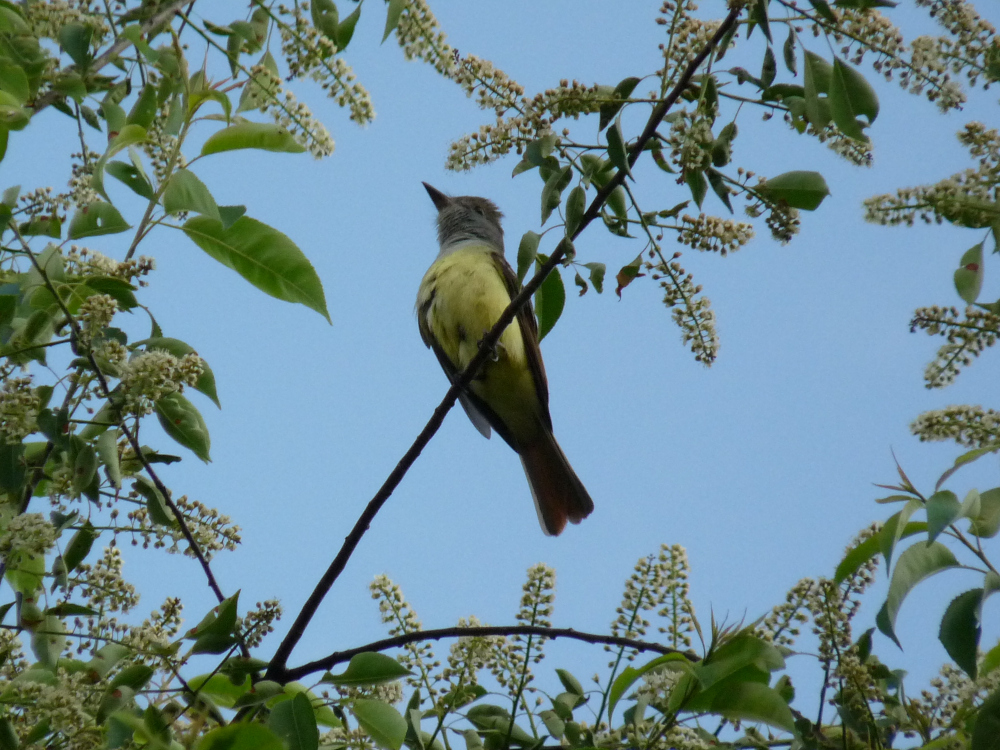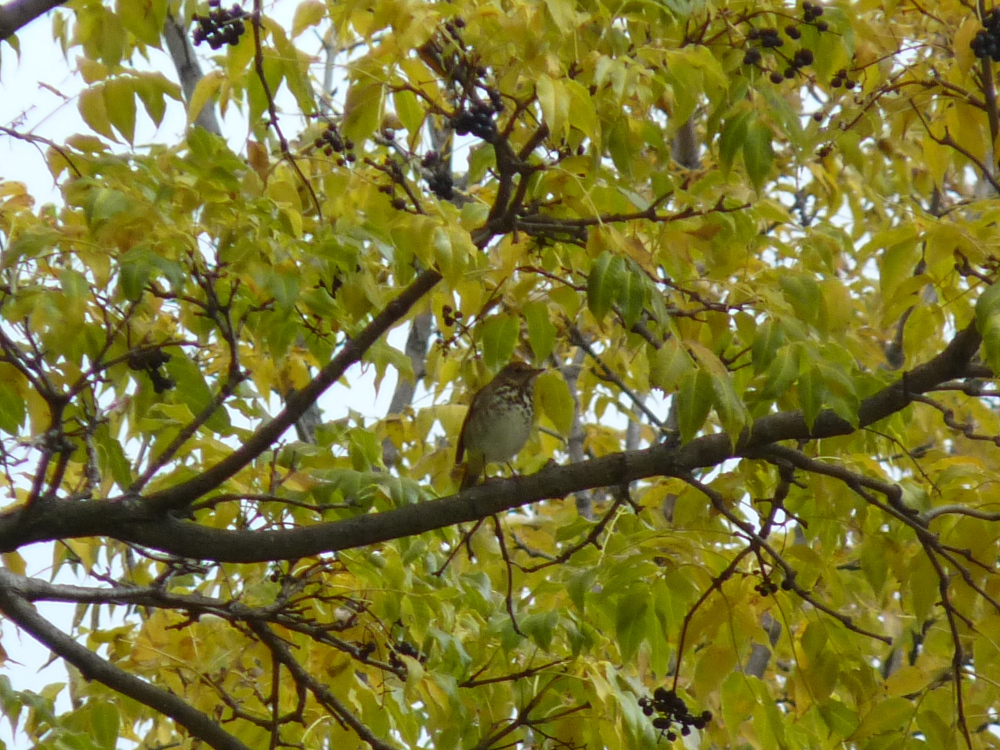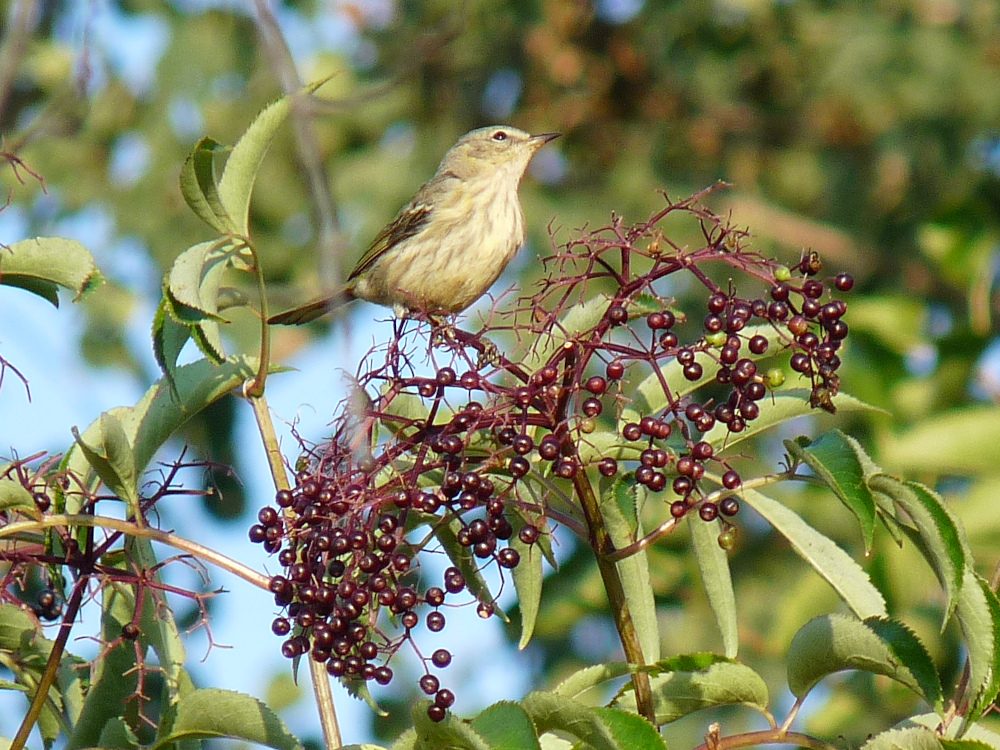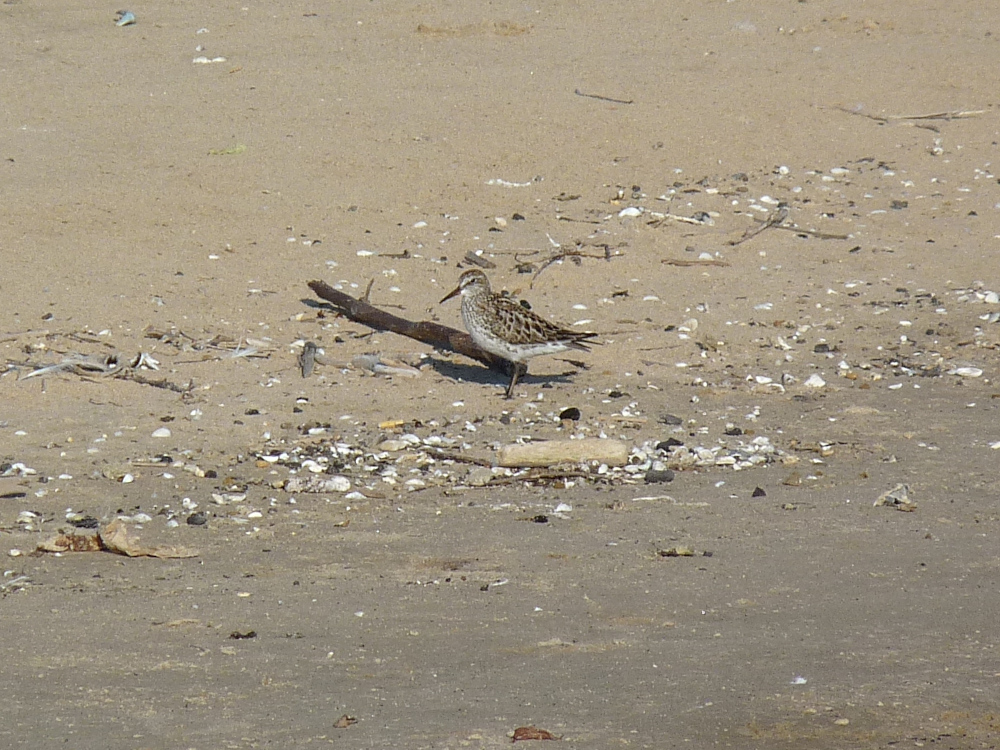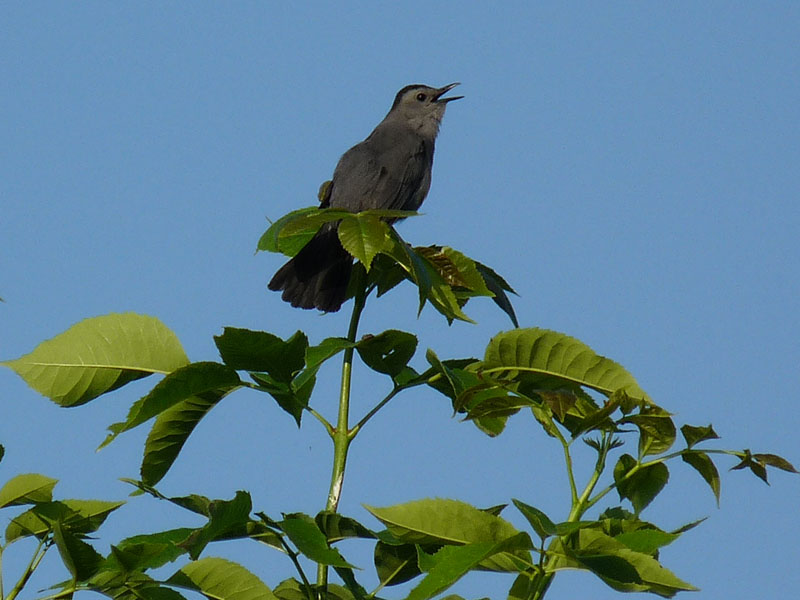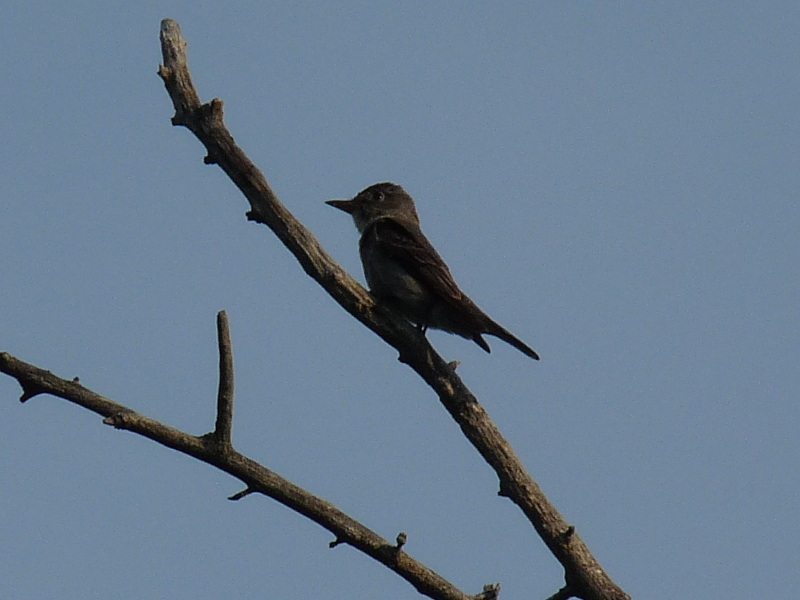Migration doesn’t come to a screeching halt when May ends. We always get some spillover into early June, and this June 1 proved the point. Over 70 species were reported to eBird by all observers, and I ended up with 60 species in about 2.5 hours of effort. My migrant highlights include
Semipalmated Plover
Dunlin
Semipalmated Sandpiper
Yellow-bellied Flycatcher
Swainson’s Thrush
Bobolink
Northern Waterthrush
Connecticut Warbler
Magnolia Warbler
Bay-breasted Warbler
Wilson’s Warbler
Dickcissel
All of the above birds are bona fide migrants that don’t breed at Montrose. I also had Great Crested and Willow Flycatchers and Eastern Wood-Pewees. These birds have bred at Montrose or nearby but could just as well be migrants. The point is you should keep checking Montrose into early June. The pace has slowed down from mid May but we’re still seeing a variety of shorebirds, warblers, flycatchers, and other birds. Why not squeeze every last drop out of migration while it lasts?

